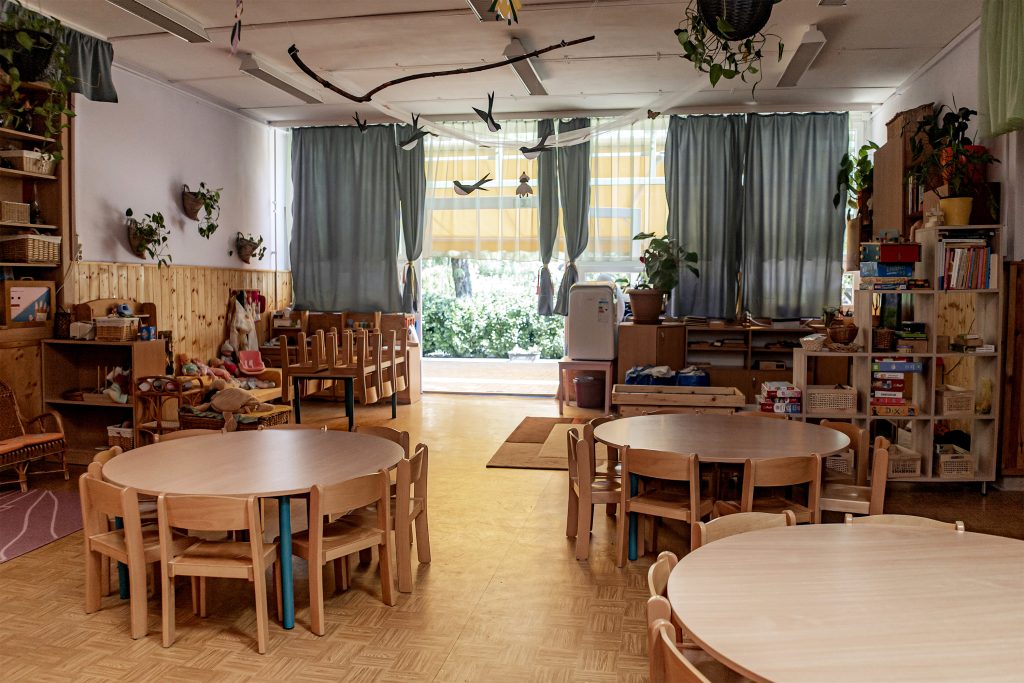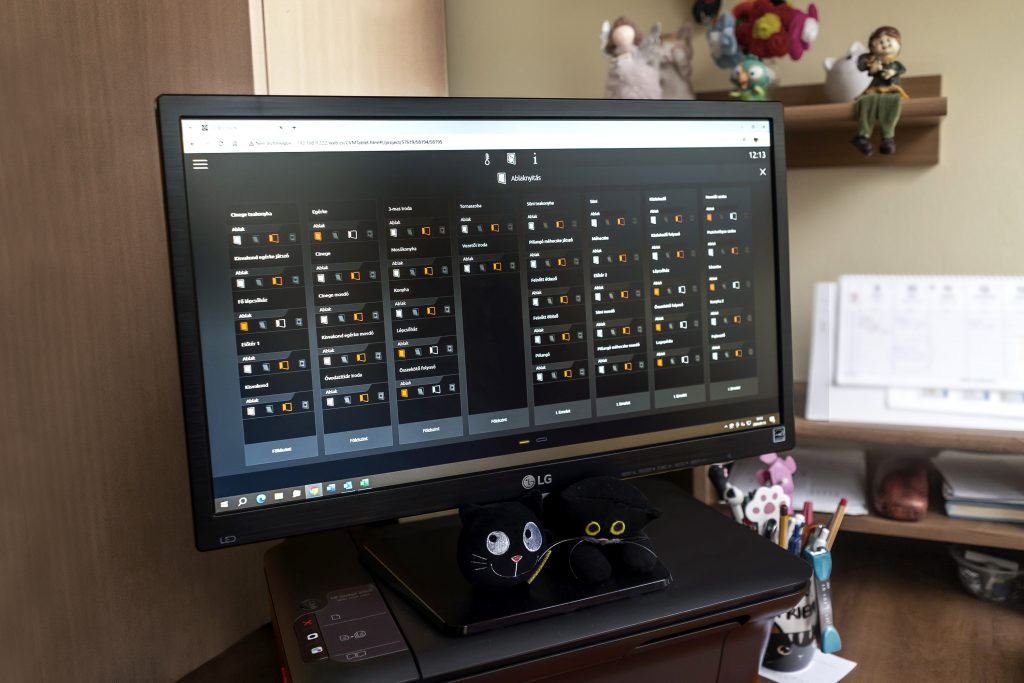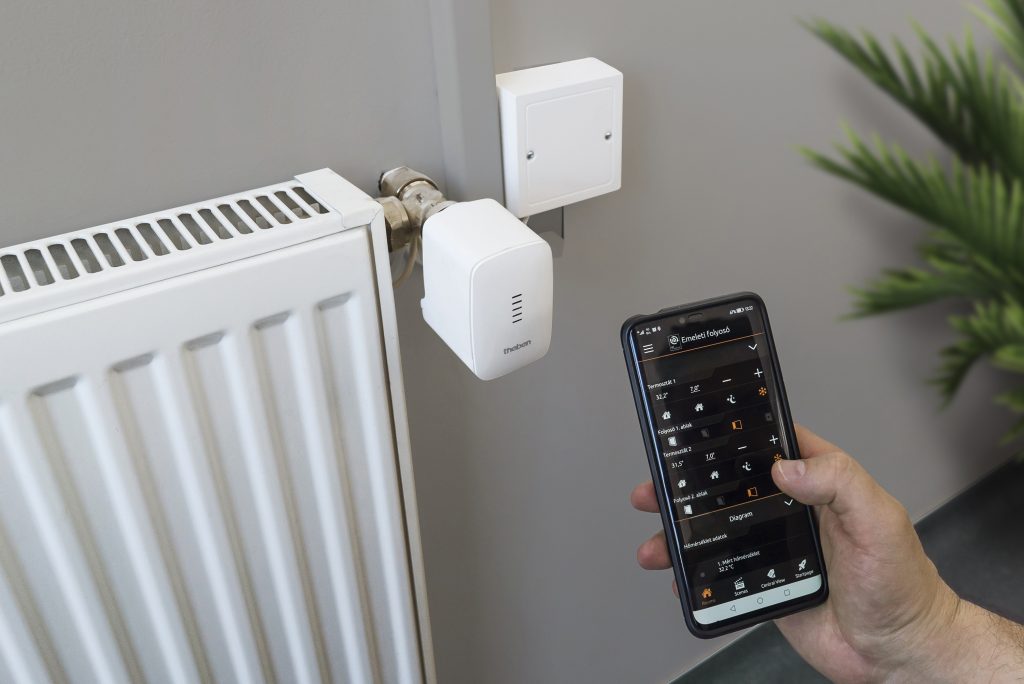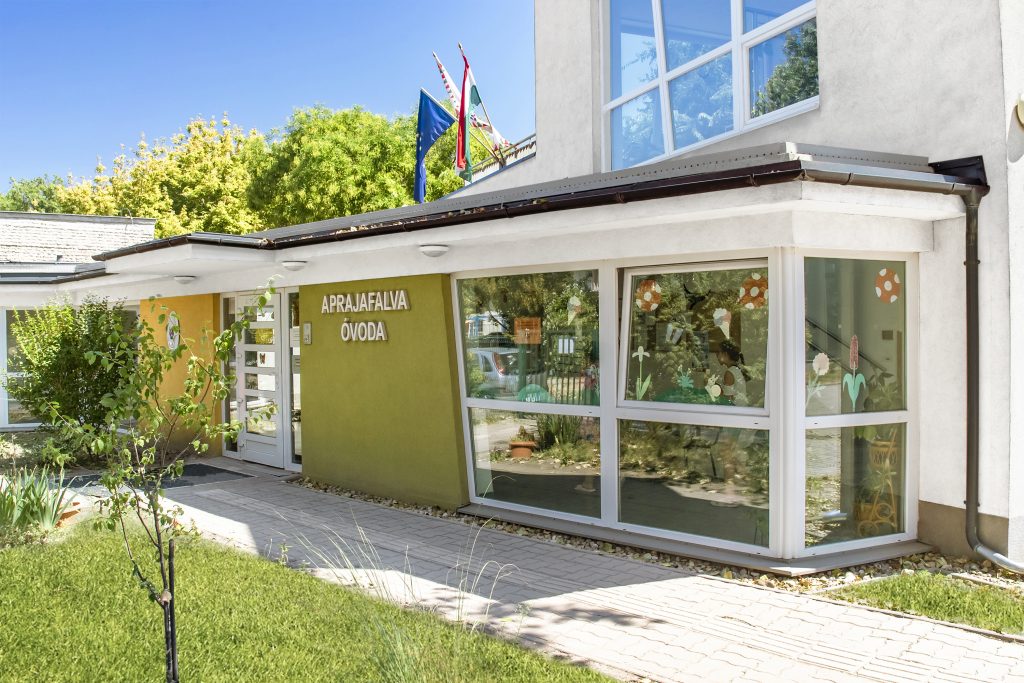Sustainability for the future generation - Modernising Csepel's municipal kindergarten
The energy modernisation of the Aprajafalva Kindergarten, which is part of the Csepel Municipality of Budapest District XXI, was carried out by Elektro-Kamleithner Kft. The heating system was completely rebuilt with the introduction of the most modern technologies. The different age wings of the building have different heat requirements, so the project presented special challenges. The installation of an automated KNX-based system allowed for central control, which intelligently adapts to the heat demand of the rooms, ensuring energy efficient and sustainable operation.
Innovative solutions to increase efficiency
The project involved replacing the old, outdated mechanical radiator valves with modern digital thermostats that allow precise temperature control in all rooms. Newly installed window sensors detect when windows are opened and immediately reduce heating output, minimising heat loss. Time-programmed thermostats allow the heating cycles to be adjusted to the opening hours of the nursery, avoiding overheating at weekends and at night. During the comprehensive upgrade, 73 digital thermoheads, 1,000 metres of bus cable and 700 metres of cable ducting were installed in just 3 weeks, ensuring long-term system reliability and stability.

Results: significant energy and cost savings
Thanks to the introduction of the modern control system, which complies with the MSZ EN 52120-1 standard, the annual energy consumption of the kindergarten has been reduced by almost 30%, resulting in significant cost savings for the Municipality of Csepel District XXI. Thanks to transparent data collection, the system monitors consumption data in real time, allowing operators to react quickly to any anomalies. Automated control not only optimises costs, but also contributes to the sustainability of the building.

According to the feedback from the management of the kindergarten, the comfort of both children and teachers has improved following the energy renovation. Energy wastage during window openings - radiators started to heat up more during ventilation - has been eliminated, as the new solution recovers the radiator temperature during ventilation. All the heat emitters in the buildings - radiators, air conditioners, underfloor heating - are integrated into the modern system. A further advantage for the city administration is that, if installed in several buildings, all these buildings can be controlled from one interface, either in the engineering or city operations department.

Future developments and further expansion opportunities
The case study of the modernization of the Aprajafalva Kindergarten a vivid example of how you can increase the KNX-based building automation energy efficiency and sustainability of public buildings. The installed system can be easily expanded, so that in the future the entire heating, cooling and lighting control of the kindergarten can also be integrated. Such innovative solutions not only optimize operating costs, but also set an example for children in energy-conscious thinking. The modernization of the kindergarten not only serves current energy needs efficiently, but also contributes to creating a sustainable future that future generations can enjoy.
Cover photo: Aprajafalva Kindergarten The article was published on the Octogon Architecture & Design Magazine website.
The article has been published on the website of Octogon Architecture & Design Magazine.

